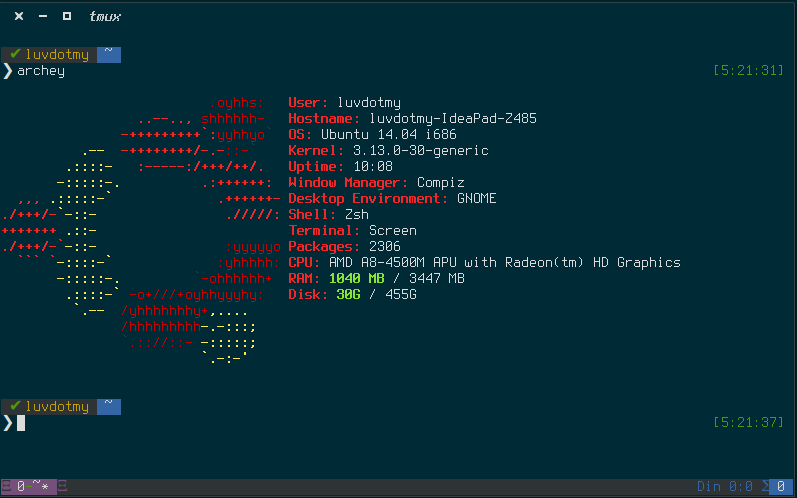Install Xmonad On Ubuntu Server Tutorial

Get the latest tutorials on SysAdmin and. Initial Server Setup with Ubuntu 14. You have a solid foundation for your server. You can install any of the software. Turn your PC into a powerful server, capable of delivering anything from file sharing and local backup, to fully fledged web sites and beyond. Turn your PC into a powerful server, capable of delivering anything from file sharing and local backup, to fully fledged web sites and beyond. In this video tutorial you will learn How to install xmonad On Ubuntu 16.04 LTS? Check full command and steps at https://www.devmanuals.net/install/ubuntu.

Ubuntu 14.04 Server Installation One of the most significant things about this Trusty Tahr codename release is that the Server Edition in now available only for x64 bit computer architecture processors. The other important things concerning this release are presented in Ubuntu Official Wiki page: • Linux kernel 3.13 based on the v3.13.9 upstream stable Linux kernel witch include better networking experience on interface bonding, bridge, TCP connection management and Open vSwitch 2.0.1 support. • A better virtualization support ( XEN, KVM, WMware and also Microsoft Hyper-V hypervisor), general performance on Filesystems, ARM support and a lot of others improvements. • Python 3.4 • AppArmor new features • Upstart 1.12.1 • OpenStack (Icehouse) 2014.1 • Puppet 3 • Xen 4.4 ( only x86 and x64) • Ceph 0. Echols Corn Popper Model 490 Manual Meat there. 79 • Qemu 2.0.0 hardware emulator • Open vSwitch 2.0.1 • Libvirt 1.2.2 • LXC 1.0 • MAAS 1.5 • Juju 1.18.1 • StrongSwan IPSec • MySQL (community alternatives MariaDB 5.5, Percona XtraDB Cluster 5.5, MySQL 5.6 also ) • Apache 2.4 • PHP 5.5 Download Ubuntu 14.04 Server ISO Images The installation ISO image can be downloaded using following link for x64 bit system only. • The scope of this tutorial is to present a classic installation of Ubuntu 14.04 Server made from a CD media or an and also, a basic installation of LAMP (Linux, Apache, MySQL and PHP) packages stack with basic configurations. Step 1: Installing Ubuntu 14.04 Server 1.
Create a bootable CD/ USB image. After system booting sequence choose your media bootable type from BIOS options ( CD/DVD or USB drive ). On the first prompt choose your Language end hit Enter. Configure Time Zone 15. The hard-disks Partition table is one of the most sensitive subjects involving a server because here you have a lot of tweaking to do depending on your server final destination type web server, databases, file sharing NFS, Samba, application server etc. • For example if redundancy, fail-over and high-availability is needed you can setup RAID 1, if your space grows fast you can setup RAID 0 and LVM and so on.